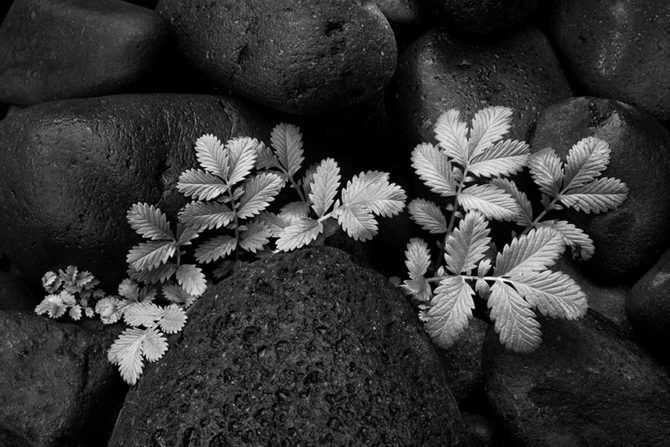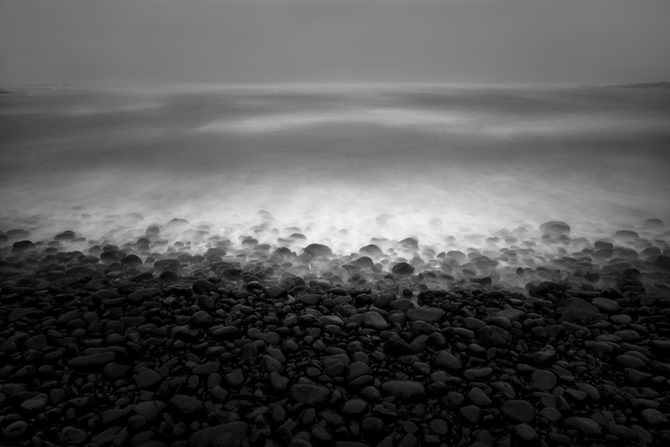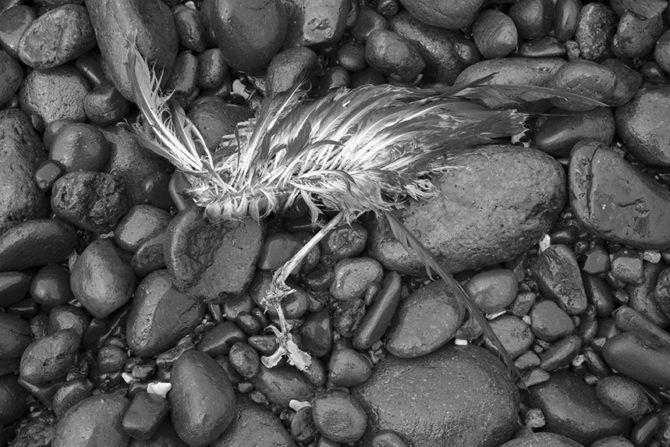Category: Photographic Celibacy
March 22, 2018
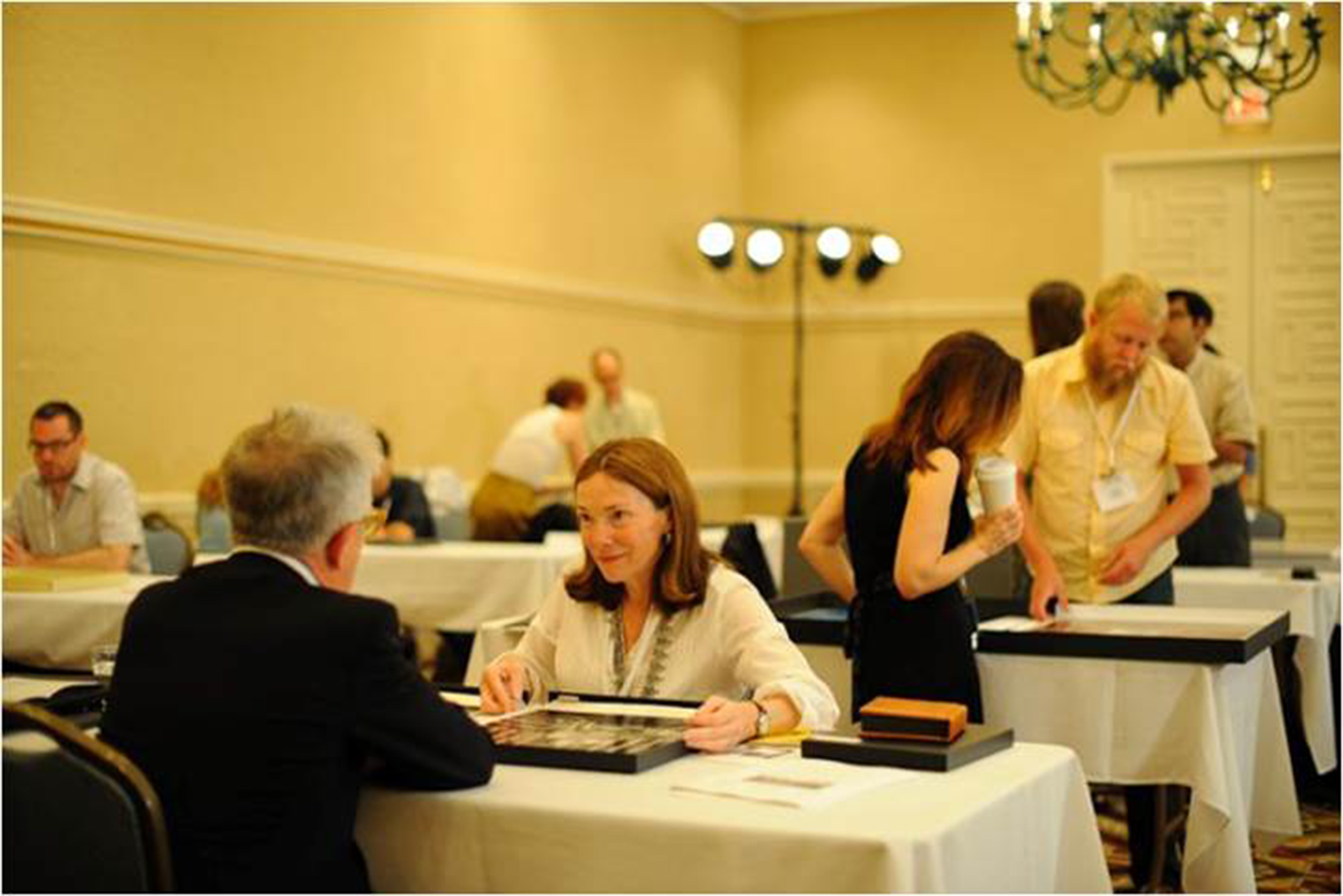
It’s hard to believe that it’s been ten years since I first started practicing Photographic Celibacy. It’s hard to believe because I never thought that I would do this for so long. I figured that it would last for 3-4 years and then be done with it.
So what is Photographic Celibacy, why did I start this practice, why am I still doing it and what are my thoughts some ten years later?
First, the story on how Photographic Celibacy came to be.
The Wake-Up Call
A few years ago I was attending Review Santa Fe where over the course of a day my work was evaluated by a number of gallery owners, curators, publishers and “experts” in the field.
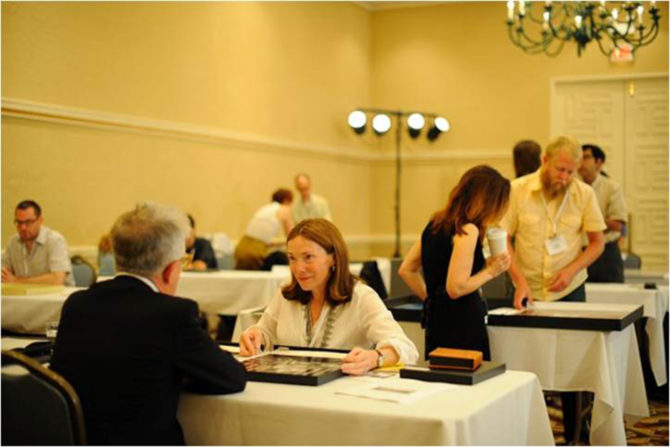
During the last review of a very long day, the reviewer quickly looked at my work, brusquely pushed it back to me and said “It looks like you’re trying to copy Ansel Adams.” I replied that I was, because I loved his work! He then said something that would change my life:
“Ansel’s already done Ansel and you’re not going to do him any better. What can you create that shows your unique vision?”
Those words really stung, but the message did sink in: Was it my life’s ambition to be known as the world’s best Ansel Adams imitator? Had I no higher aspirations than that?
I desperately wanted to know if I had a Vision, but there was a huge problem: what exactly was Vision and how did I develop it?
What is Vision?
I found little help when searching the internet: I found several definitions of Vision, but none of them made any sense to me. Was it something you were born with? Was it something you could learn? Was it a style or look? Was it a talent that you developed? Could you go to photography or art school and gain it?
The Plan
I desperately wanted to know if I had a Vision, but the possibility of finding out was scary. What if I found out that I didn’t have one…what did that mean for my photographic aspirations and future? Part of me didn’t want to find out (I figured it would be better to be mediocre and have hope rather than mediocre and have no hope). But after I got over the initial fear, I knew that I had to find the answer.
So I devised a plan to find my Vision. I created a list of ten things that made sense to me, including:
I separated my work into two piles: work that I really loved and everything else. And then I tried to understand what it was about those images that made me love them.
I then committed to never again create images like those in the second pile. That included images that others loved, images that sold well and images that had won contests. It also meant that I would continue to create images even if no one else liked them, they didn’t win contests and didn’t sell…as long as I loved them.
I stopped listening to other people’s advice about my images. I figured if I was going to find MY Vision, I needed to stop listening to others no matter who they were, how accomplished they were or how successful they were. Their advice came from their experiences and point of view and not mine.
I needed to stop paying attention to what others thought about my work and so I stopped posting images on social media and entering contests. I was doing all of that for the validation, because I lacked confidence in my work. Each time I got a like or won a contest, I saw that as evidence that my work must be good.
Photographic Celibacy
And I did one other thing, perhaps the most controversial and certainly the most significant: I stopped looking at the work of other photographers.
Why?
Because I felt that if I continued to immerse myself in the images of others, I would continue to create work that looked like theirs or was a derivative of theirs.
I wanted to create my own work, from my Vision. I wanted to see through my eyes and not through the eyes of those photographers whose work I spent hours and hours looking at.
Did It Work?
Did it work…did I find my Vision?
Yes!
As I stopped looking at other people’s images and focused on what I was creating and what I thought of my work, my Vision began to emerge. The work I am creating now is my work, not an imitation of someone else’s. Now that doesn’t guarantee that my work will be liked by others, will sell or win awards…but it does guarantee that I’ll love my work and have the satisfaction that comes from creating honest work.
Ten Years Later
Ten years later and I’m still practicing Photographic Celibacy because I find it a useful practice for two reasons: first I’m still inclined to copy other’s work
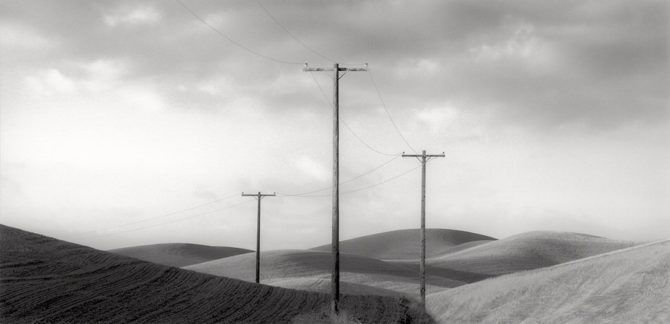
An example: a couple of years ago I had an image featured in the book “Why Photographs Work” by George Barr. When I looked through the book to find mine, I saw this wonderful image entitled “Three Crosses” by Brian Kosoff (above). I fell in love with the image, contacted Brian to purchase a print and hung it in my office to look at while I worked.
But then something began to happen, for the next several weeks I found myself driving around, looking at telephone poles so that I could create such an image. But then I remembered:
Ansel’s already done Ansel and Brian’s already done Brian.
And the other reason I still find Photographic Celibacy useful: it keep me focused on what I am doing and not what others are doing. When I look at the work of others I find myself comparing their images and successes to mine. Sometimes I get discouraged at the large number of great photographers out there and all of the great images being created. All of this is an unnecessary distraction that keeps me from my purpose: creating images from my Vision.
Staying focused is hard and even harder when you are looking and comparing yourself to others. As my mother used to say: what others are doing is none of your business!
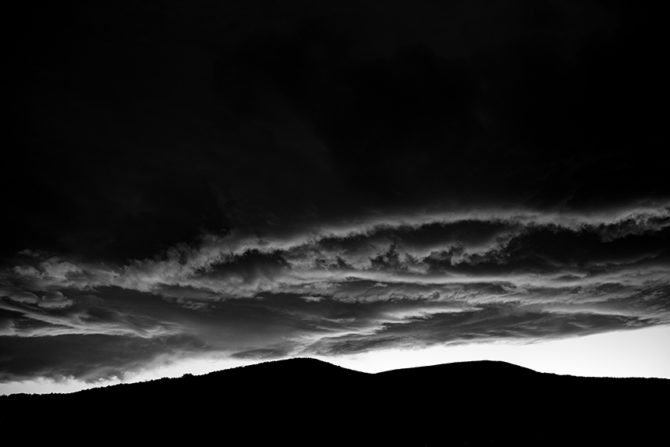
Lessons Learned
Here is what have I learned in these ten years regarding Photographic Celibacy:
Photographic Celibacy may not be for everyone. When I first shared my views on Photographic Celibacy, they were not well received. About 75% of the people thought it was just a stupid idea (and many said so), about 20% understood but said it wasn’t for them and about 5% understood and pursued the practice. One thing I see more clearly now is that while this practice works for me, it may not be right for everyone. Perhaps others are not as influenced by other photographer’s work as I am, or perhaps they are but feel that Photographic Promiscuity is the best creative path for them.
Not everyone is seeking their Vision. I have come to recognize that not everyone wants to create from their Vision. For some, photography is simply a hobby that they enjoy, others are interested in documenting while others still are focused on the technical aspects of photography. If you’re not seeking your Vision, you should keep enjoying the work of others!
Celibacy may be appropriate at a certain point in a person’s creative development. I am more open to the idea that Photographic Celibacy may be a practice that is best applied at a certain point in a photographer’s creative development.
For me, this point came during a creative crisis: I desperately wanted to do more than imitate…I wanted to create images that were mine! I wanted this so badly that any sacrifice was worth this prize, even not looking at other photographer’s images.
Photographic Celibacy still serves a purpose, even ten years later. I always thought that once I had answered the question: do I have a Vision? that I would be able to go back to looking at images. But I discovered that the same forces that kept me from my Vision are still at work ten years later. And so, I believe that practicing Photographic Celibacy is as important for me today, as it was ten years ago.
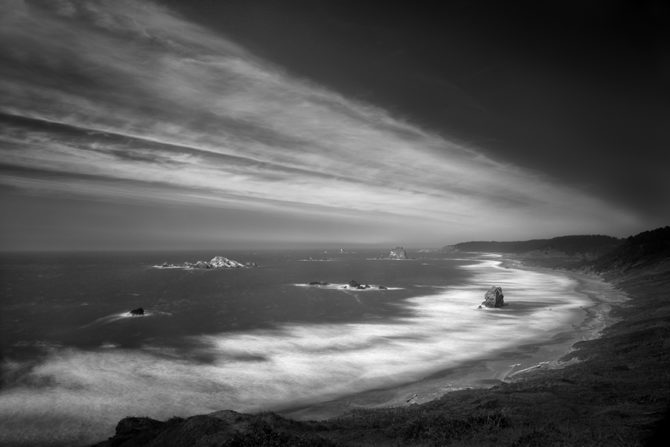
Conclusion
So here I am ten years later, more committed than ever to Photographic Celibacy. Why? Because it works for me.
Will it work for you? Only you can answer that.
It has been one of the key ingredients of my success, which I define as creating images that are honestly mine and that I love.
Will I practice Photographic Celibacy forever? I don’t know, but I will for as long as it serves a useful purpose.
Cole
December 19, 2013
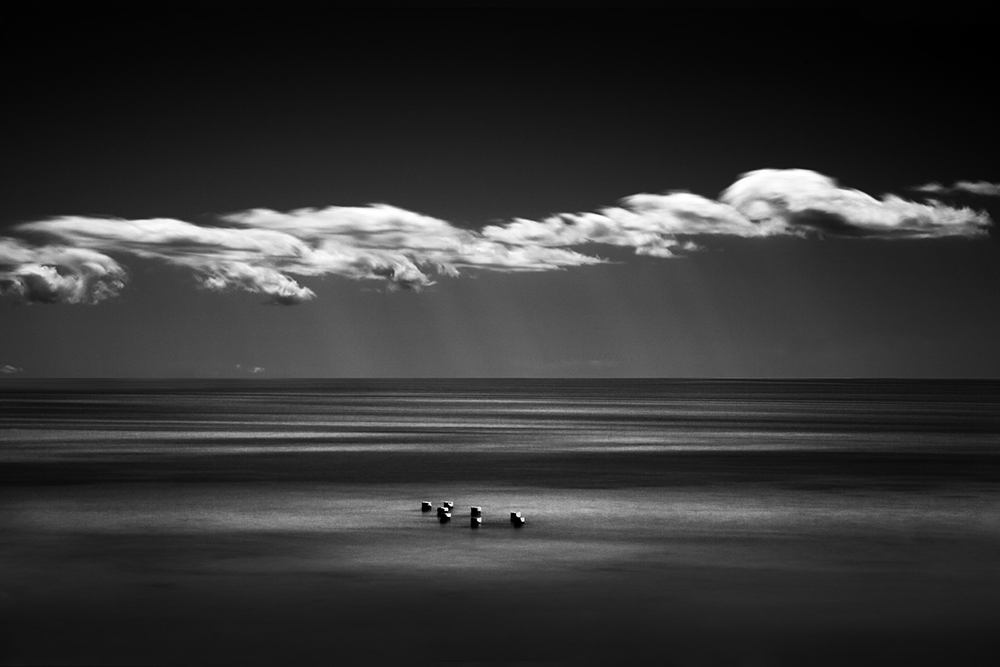
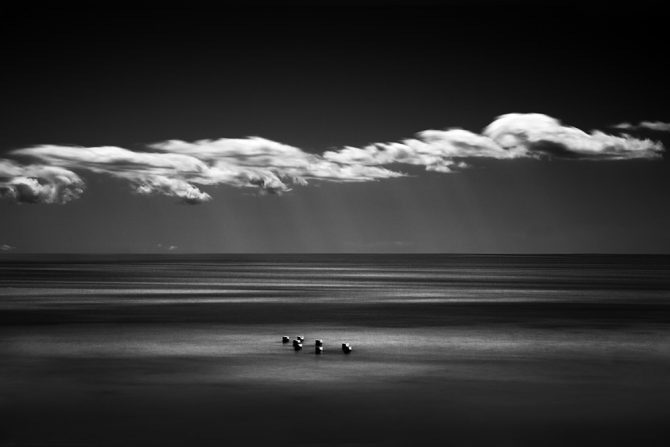
Balance No. 1
I recently taught a workshop on Vision and was discussing my practice of Photographic Celibacy. I explained that the reason I do not look at other photographer’s work is that I don’t want my Vision to be tainted by the vision and images of others. And while that is completely true, there is another reason that I am embarrassed to admit: when I look at other people’s work, I doubt my abilities and get discouraged.
When I see all the many wonderful images out there, I feel mine are inferior by comparison. When I see the great images from locations that I have photographed, I am disappointed that I did not see them. I am overwhelmed by the sheer number of great photographers out there and think: there’s no room left for me. I feel inadequate when I see so many original ideas…that I did not think of.
And so I get depressed at the thought of competing with all of these great images and photographers.
But therein lies my mistake: creating art is not a competition and I should not compare my work to others. I am not trying to be better than someone else, I am trying to better myself.
Everyone has the ability to be great at something, but I cannot be great at all things. I cannot be a a great portrait photographer, a great landscape photographer, a great street photographer, a great floral photographer and a great still life photographer. But there is something I can be great at, and I cannot achieve that greatness by focusing on what I’m not good at. I must recognize my talents and be appreciative for those.
I need to remember that art is not a competition. When I create from my vision there are no losers, only winners.
Cole
P.S. I used to think I was alone in having these feelings, but as I have shared these thoughts with others (including some big name photographers) I’ve learned that many feel the same way. We are all human and share the same frailties, foibles and insecurities. No matter who we are, it seems to be human nature to compare ourselves to others and to sometimes feel inadequate.
August 31, 2012
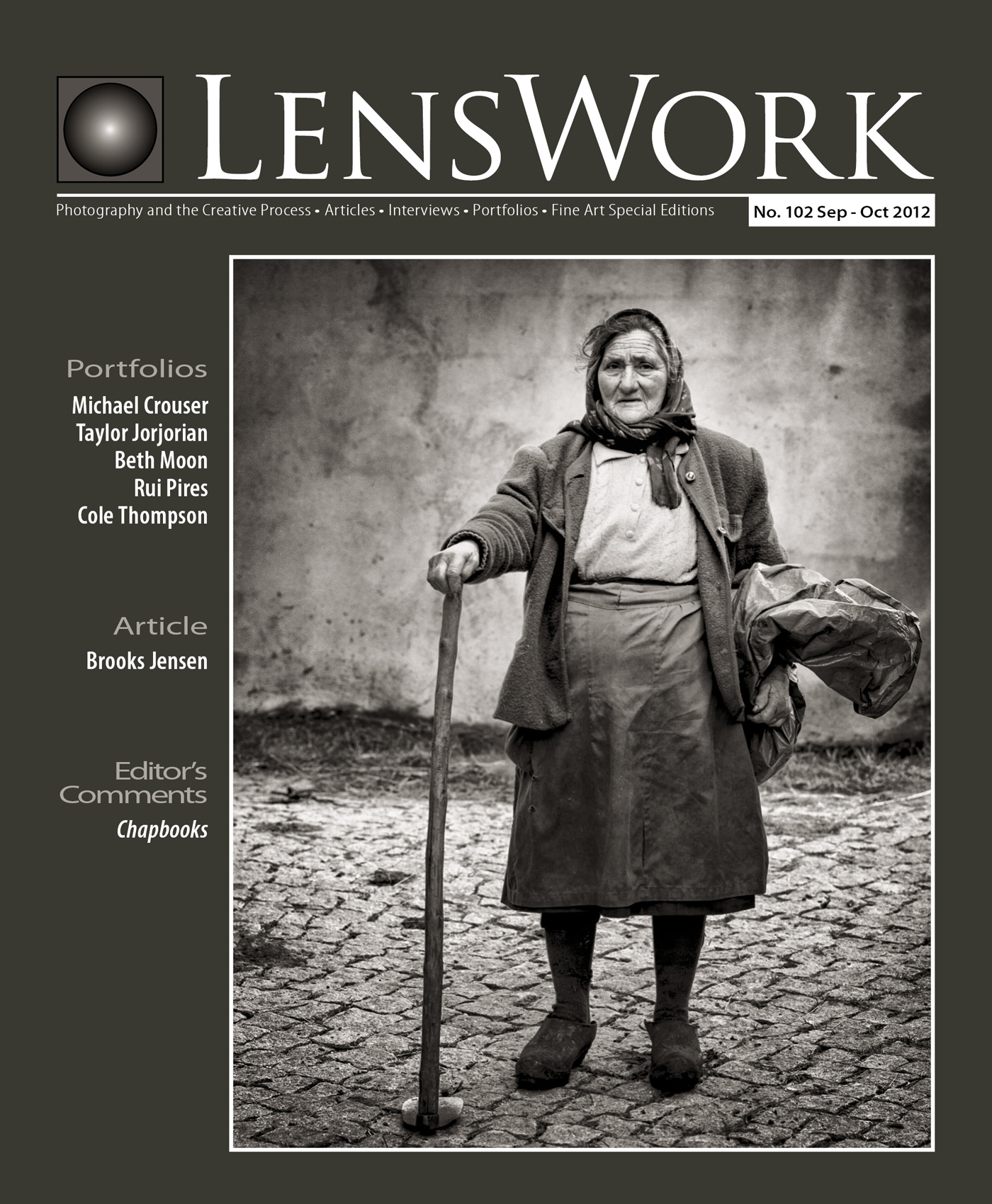
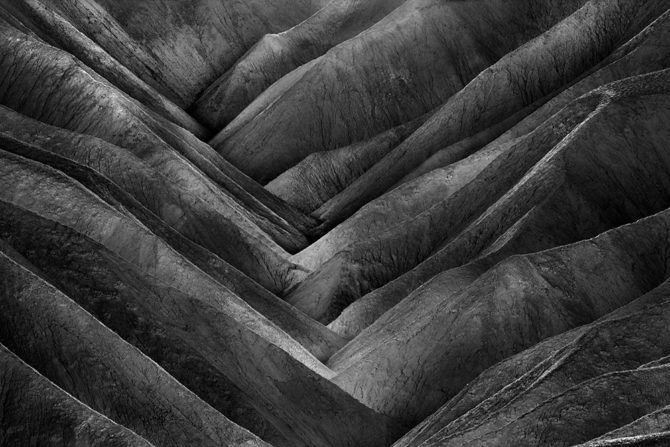
My portfolio “Death Valley: Where Time Stands Still” is featured in the current issue of LensWork. It is always an honor to be featured here.
If you’ve never seen a printed copy of LensWork, then you are missing out on one of the finest printed publications in the world. The quality of their duotone printing surpasses most of the photo books I own and the quality of their featured photographers is consistently high. And then there is LensWork Extended, a DVD with additional content such as audio interviews, additional images, video and even…dare I utter the word…color!
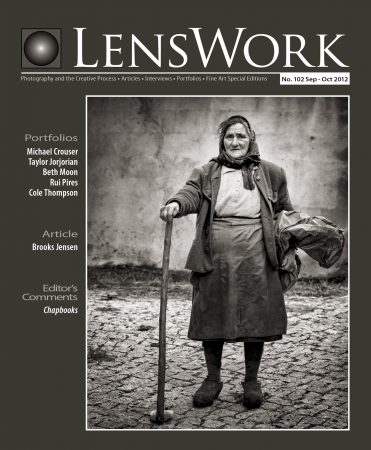
Something else I love about LensWork are the writings of editor Brooks Jensen. I have always liked his out-of-the-mainstream views and appreciated his common-sense wisdom about art and photography (even though we differ in opinion on “Photographic Celibacy!“)
So far I have had these portfolios featured in LensWork and LensWork Extended:
- Grain Silos
- Ceiling Lamps
- The Ghosts of Auschwitz-Birkenau
- Death Valley: Where Time Stands Still
Unfortunately you can no longer purchase LensWork on the newsstands, however you can purchase a copy or subscribe here:
http://www.lenswork.com/previewpages/lw102/lw102preview.html
If you were going to read just one photo publication, I’d suggest that you get rid of the ones that focus on equipment and subscribe to LensWork that focuses on art. At $39 a year, it is a steal and I’m not sure how Brooks Jensen can afford to do it!
Cole
September 27, 2011
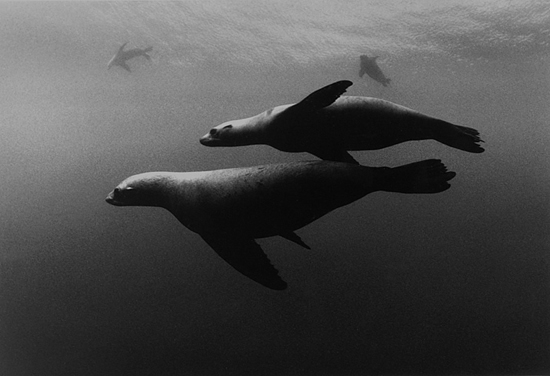

(Image: California Sea Lions #1 – Copyright 2011 by Chuck Davis)
My oft cited reason for “Photographic Celibacy“ is that I don’t want to copy the work of others, but there is in truth another reason; jealousy.
When I look at great work I become very jealous and wish that I had created something that wonderful. This happened to me today as I was putting my new and unopened copy of LensWork into the “give away” pile. I saw an image on the cover that stopped me dead in my tracks, an underwater image of sea nettles that caused a chill to go down my spine. I raced to devour the rest of the images and found they were created by Chuck Davis, an underwater photographer and cinematographer out of Pacific Grove, CA.
One of my loves in life is scuba diving and I’ve always longed to see great black and white, fine art, underwater images. Now at last I have and I am jealous.
Please check out Chuck’s website, he has such a variety of incredible images, and please drop him a line expressing how you feel about them. I think they are magnificent!
Cole
January 6, 2010
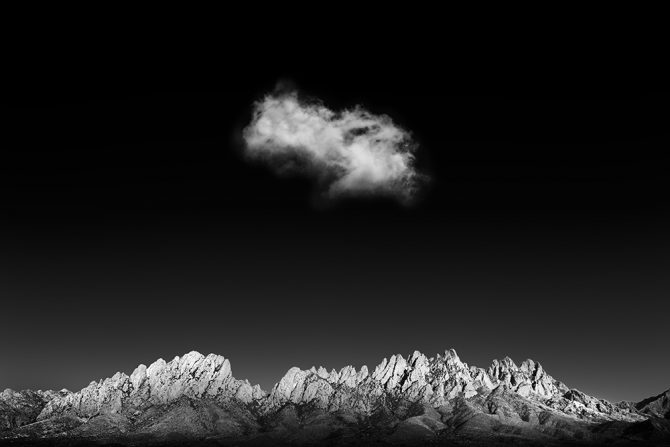
Some of you are familiar with my admittedly odd practice of not studying other photographer’s work. It’s something I’ve been doing for about 2 years now and it’s always been met with curiosity, dismay and sometimes even a little hostility. I mentioned it again in the last blog and it was suggested by my friend and fantastic b&w photographer, Lance Keimig, that this might be a good discussion topic. I agreed and so here we are.
Let me explain why I began this unconventional practice and then I’d love to hear your thoughts on it. However, this might be a very one-sided discussion as I’ve not met many people who agree or appreciate what I’m doing. So if I’m the lone man on this issue, some of you might need to side with me just so we can have a two-way discussion!
To start with I’d like to point out that I’ve never suggested that others should adopt this practice, I’ve just described what I was doing. However I recognize that when one writes publicly, your words can come across as advice.
Several years ago I came to the hard realization that I was not creating with my own vision, but rather I was copying the style and even the images of my revered childhood hero’s. The full impact of this hit home when I was attending a Portfolio Review at the Center in Santa Fe. One of the reviewers said that it appeared I was trying to copy Ansel Adams and Edward Weston’s style. When I responded that I was, because I loved their work, he very bluntly pointed out that Ansel already did Ansel and that no one was going to it better than Ansel. At the time those were very hard words to hear, but over the next year I came to agree with him and it started me on the quest to create with my own vision.
As I analyzed how I was working, I came to the conclusion that when I studied another photographer’s work, I was imprinting their style onto my conscious and subconscious mind. And then when I photographed a scene, I found myself imitating their style rather than seeing it through my own vision. To overcome this tendency I decided to stop looking at the work of other photographer’s, as much as was practically possible.
So for the last two years I’ve tried it; I’ve not read my B&W Magazines, poured over my LensWork or sought out great photography on the web. It’s been hard, and at times I’ve felt like a celibate monk working at a nude beach!
Has it worked? Yes, it has had a positive affect on my art and I feel that my images are increasingly “me” and not just copies of someone else’s work. I’m making progress and when I think of my projects such as The Ghosts of Auschwitz, The Lone Man and the Harbinger series (new image above) I’m pleased with my “direction.”
I don’t expect to continue this practice forever. Once I’ve better developed my vision and have become more disciplined, I’ll return to enjoying black and white photography which has been my first love since the age of 14.
But for me, at this time, and for where I’m at creatively; photographic celibacy is helping!
Cole
P.S. I’ve just had an experience that reinforces my position on this issue. One of my images will be in a new book entitled “Why Photographs Work” by George Barr. Last night we were given a link to review the images chosen and as I looked for mine I came across an image by Brian Kosoff that just stopped me dead in my tracks. It’s entitled “Three Crosses” and it’s the first image on his home page. Do you want to guess where my mind has been all day today as I drove around town? I’ve been looking for telephone poles in patterns so that I can imitate his work!
Bad, bad Cole.

